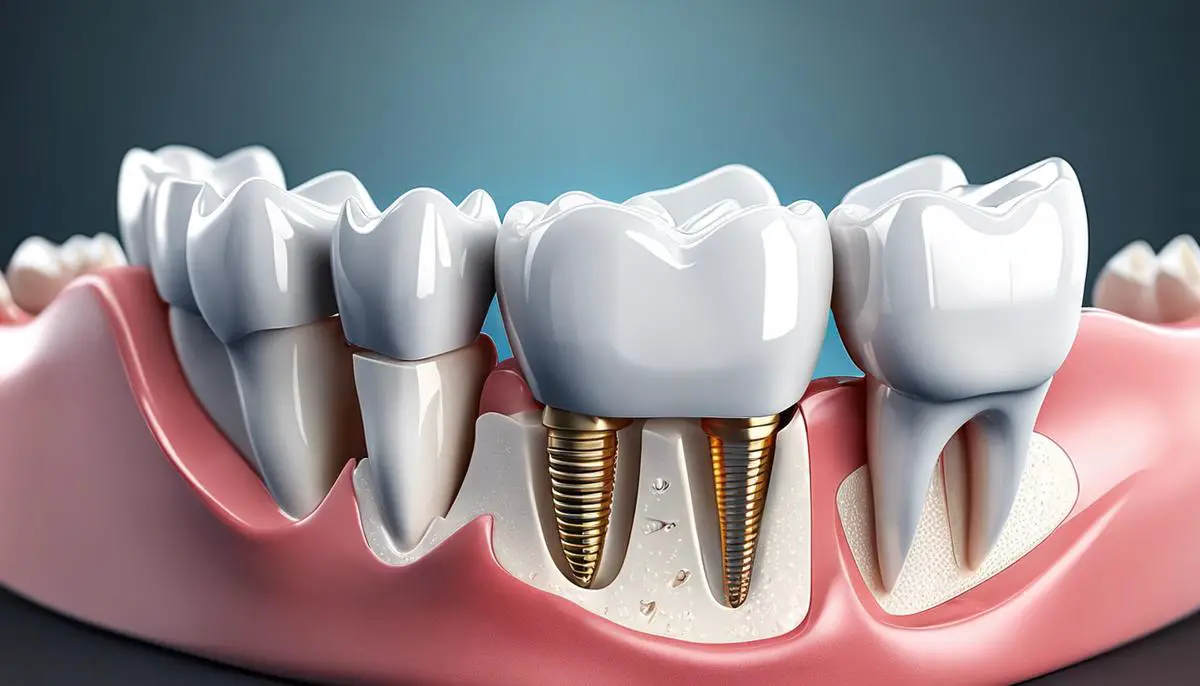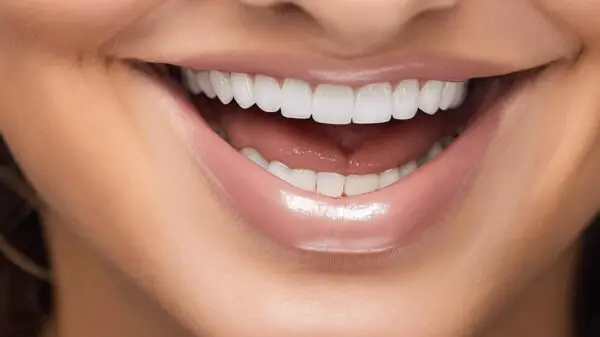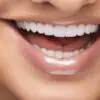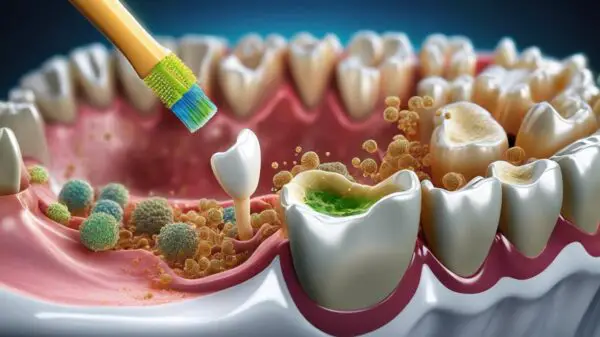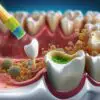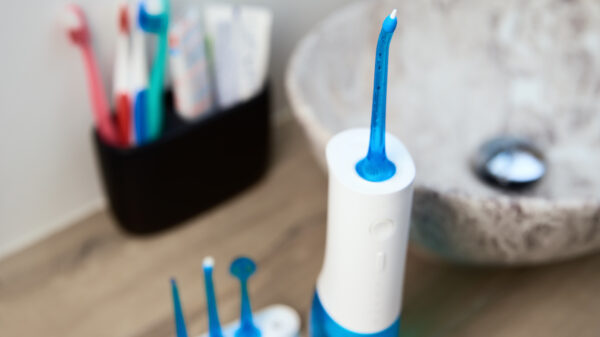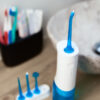What Foods to Avoid After a Dental Bridge
Amidst the plethora of dental restoration options, a dental bridge stands as an efficient solution for replacing one or more missing teeth. However, receiving a dental bridge extends beyond the dental office – understanding how it works and specific care instructions are critical to its prolonged effectiveness and your overall oral health. The subsequent information illuminates what a dental bridge is, the types of food to avoid after getting one, and provides an in-depth discourse on proper dental bridge care, shedding light on optimal cleaning techniques, the significance of regular checkups, and potential warning signs to be aware of. Let’s take a look at what foods to avoid after a dental bridge.
Understanding Dental Bridges
A dental bridge, in its most basic definition, is a false tooth or teeth known as ‘pontic’ that’s held in place by the abutment teeth on either side of the gap. These bridges are custom-made to blend with your natural teeth and can be made from different materials like gold, metal alloys, porcelain, or a combination of these. Like any other form of dental restoration procedure, it has some effects on your daily life, and today we’re discussing how it affects your food choices and dietary habits.
One of the most immediate effects of a dental bridge is a temporary change in diet. Now it may seem alarming, but it’s not as daunting as it sounds. Following the procedure, your mouth will likely be sensitive, and a softer diet will help during the healing period. Think soups, mashed potatoes, and soft fruits.
The modification from a normal diet to a soft-food diet is mostly temporary. However, the transition back to a regular diet should be done gradually. As the mouth heals and you grow comfortable with the dental bridge, harder foods can be reintroduced to the diet.
An important aspect to keep in mind is the care for the newly fitted dental bridge. As responsible parents, we should remember that extremely hard or sticky foods can damage the bridge. Ice, hard candies, and chewy caramels can cause breakage or loosening of the bridge, which isn’t ideal. It’s best if we can guide our family members around these concerns for them to embrace both a conscious and healthier lifestyle.
Of course, the foods consumed also play a part in the life span of a dental bridge. Good oral hygiene – brushing twice a day, flossing, and routine dental check-ups – remains crucial. To sustain a healthy oral environment, consumption of excessively sugary or acidic foods and drinks should be limited. By doing so, you’ll not only increase the longevity of the dental bridge, but also improve your overall dental health.
Life throws an array of learning curves, and while some may seem daunting, most aren’t as intimidating as they first appear. The effect of a dental bridge on dietary habits is one such example. These changes don’t just mean a healthier mouth, but can also inspire a healthier, more conscious lifestyle. After all, as they say, a smile is the prettiest thing one can wear! And safeguarding that smile sometimes means getting a dental bridge and tweaking our dietary habits just a bit. As parents and homemakers, we have strength in our adaptability and an unending desire for the well-being of our families.
Types of Food to Avoid
On Food Choices: Navigating the Post-Dental Bridge Journey
Deemed as pillars of love and devotion, mothers and fathers have a unique way of influencing the wellness of their families. One such way involves dental care – more specifically, crucial food choices after the placement of a dental bridge. Following the previous discussion on what a dental bridge is all about, materials used, and considering its care and maintenance, it’s time to delve into the dietary world.
So which foods should your loved ones sidestep once they have their new dental bridge in place?
Sugar-Loaded Delights
As parents and homemakers, you are well aware of the havoc that over-consumption of sugary treats can wreak on oral health. The rule doesn’t change for anyone with a dental bridge. Candies, cakes, and cookies, though tempting and delectable, are best avoided or better yet, consumed in minimal quantities. Safe substitutes could be fruits and low-sugar desserts.
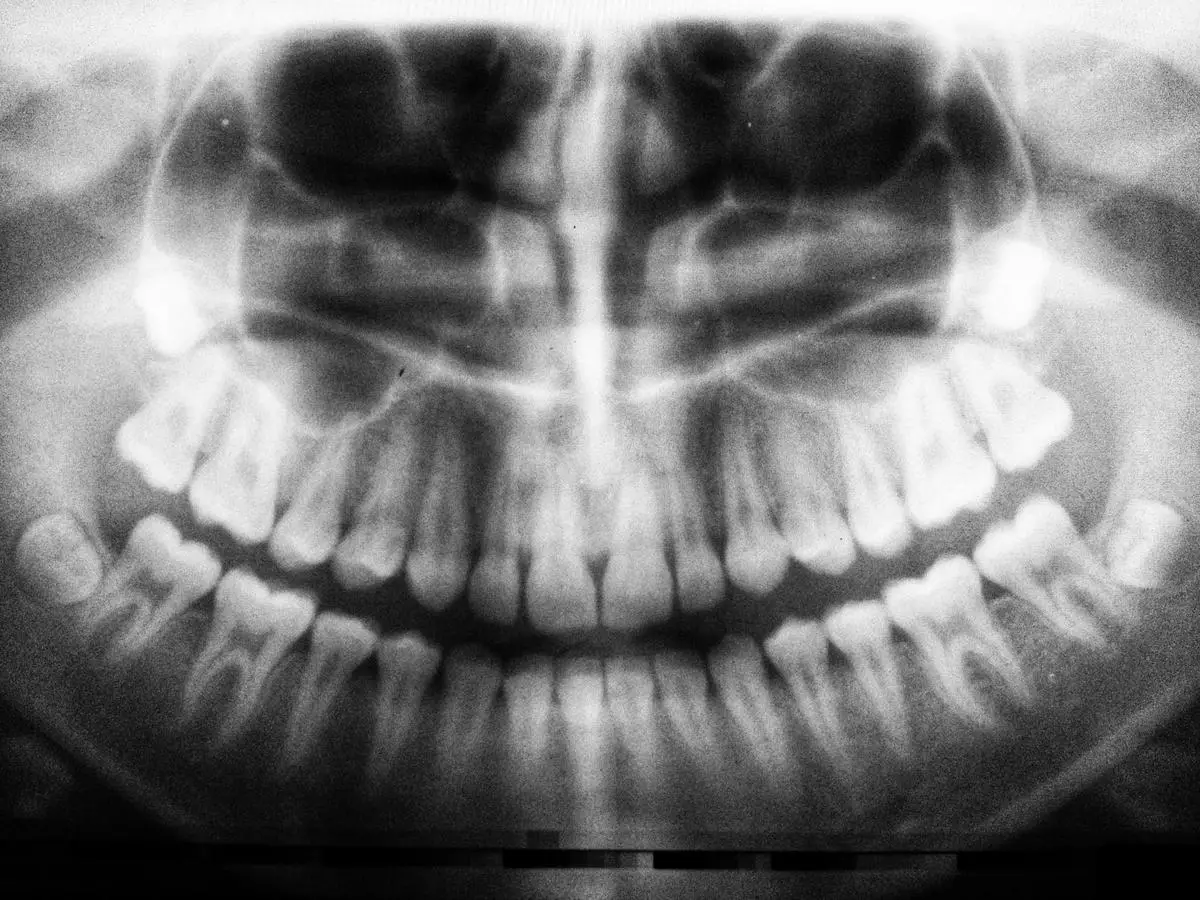
Crunchy Munchies
The next group of culprits families need to be watchful about involves crispy foods such as popcorn, ice, crunchy vegetables, and hard candies. The excessive pressure they exert on dental bridges can potentially cause damage. If crunchy veggies are particularly beloved, try steaming them to soften their texture.
Sticky Tidbits
It’s easy to get entangled within the scrumptious charm of gummy candies, caramels, or sticky buns. However, they pose a genuine threat to dental bridges by sticking to them and possibly dislodging them over time. A wholesome alternative might include products sweetened with xylitol – this natural sweetener doesn’t promote tooth decay.
Also exercise caution with staining foods and beverages. Those family coffee rituals or wine-filled dinners might require some reconsideration. These beverages, along with deeply colored foods like curries or berries, can potentially stain dental bridges over time, tarnishing their natural-looking charm.
Implanting Proper Food Habits
While deciding to undertake the dental bridge journey, it is essential for families to embrace the adjusted diet that comes with it. This might seem tricky initially, but with time, it becomes a new normal. After all, the commitment towards healthier teeth and smiles is well worth a few dietary adjustments.
Remember, your role in creating a thriving home extends not only to providing love and support but also to promoting healthy habits. Begin and uphold this dialogue about proper dental care and nutrition within the family. Discussing the nitty-gritty of dental bridges with them early on will embolden them to feel confident during their dental journeys.
Creating a home that values dental health and overall wellbeing is an achievable goal. And it starts with you. Happy and healthy homemaking, everyone!
Proper Dental Bridge Care
Regular Check-ups Are A Necessity
Keeping your dental bridge in optimum shape involves more than home care; it’s vital not to miss dental appointments. Your dentist is an essential ally in the long-term durability and health of your dental bridge. They possess the tools and expertise to carry out thorough cleanings, spot early signs of damage, and make the necessary repairs. Regular visits every six months, or as advised by your dentist, are a great strategy to keep that bridge strong and radiant.
Employ A Considerate Toothbrush and Flossing Routine
When it comes to looking after your dental bridge, the type of toothbrush you use makes a difference. Choose one with soft bristles to gently and effectively clean around your bridge without causing harm. An electric toothbrush can be an excellent investment, offering careful, efficient cleaning. Flossing should not be neglected either. It’s crucial to clean under your dental bridge and between your adjoining teeth daily to avoid buildup of unwanted food particles. Special floss designed for bridges or a water flosser can make this task easier and more effective.
Bring Mouthwash into the Mix
Adding mouthwash to your regular dental routine packs an extra punch in caring for your dental bridge. It reaches the nooks and crannies of your teeth and gums, including around your bridge, helping to flush out food particles, combat plaque and keep your breath fresh. An antibacterial mouthwash can offer further protection against gum disease which could compromise the health of your bridge.
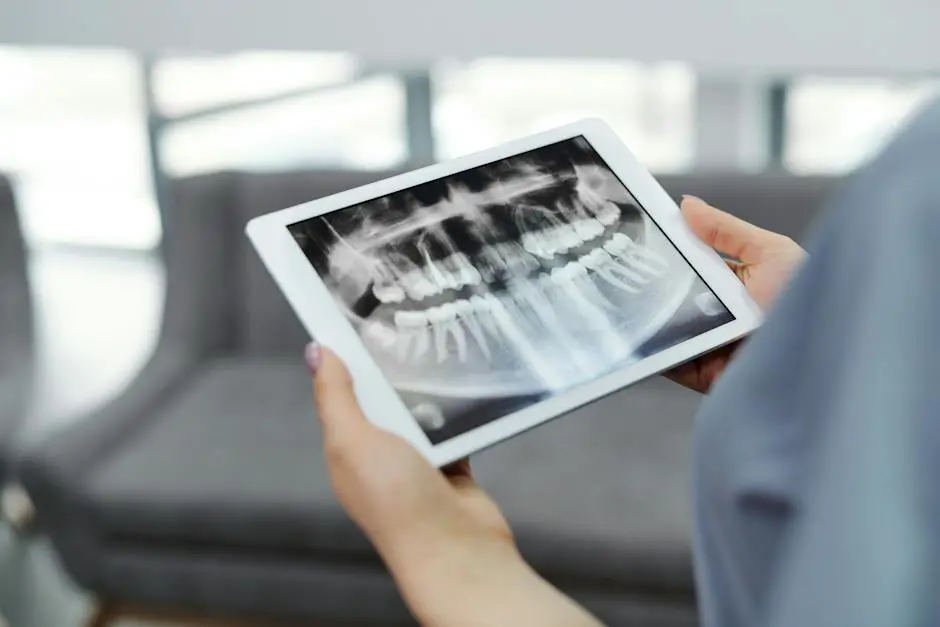
Understand the Risk of Grinding
Grinding your teeth is not only harmful to your natural teeth, but it poses a risk to your dental bridge too. Known also as bruxism, this nightly habit can wear down and damage your bridge over time, shortening its lifespan. If you’re aware you grind your teeth in sleep, discuss this with your dentist who can provide a mouth guard to protect your bridge and other teeth during sleep.
Invest in a Bridge-cleaning Brush
Elevate your cleaning routine with a bridge-cleaning brush. These small implements can remove food debris and help prevent bacteria buildup under and around your bridge, reducing the risk of plaque, decay and bad breath.
The impact of your bridge on your day-to-day life and conscious living is minimal when tackled with thoughtfulness, great care strategies, a considered diet and the input of professional check-ups. The part you play as a parent or homemaker promoting great dental health sends a powerful message to your family about the importance of self-care and overall wellbeing. Taking care of your dental bridge requires a conscious, dedicated effort, but the payoff is a strong, healthy smile that lasts. May your journey in dental health serve as an inspiration to those around you, bestowing upon them the confidence and knowledge to care for their dental health too.
Keeping your dental bridge intact and functional inherently contributes to maintaining your oral health, aesthetic, and confidence. Understanding and steering clear of specific foods post-bridge installation offers a preventative approach, minimizing the risk of potential damage. However, appropriate dental bridge care transcends dietary habits. Ensuring regular cleaning, adhering to recommended check-up intervals, and being vigilant about possible issues reduces risks and promotes longevity. Incorporating these insights into your oral hygiene routine, you can savor the benefits of your dental bridge for years to come whilst adhering to a healthier, safer dental lifestyle.



